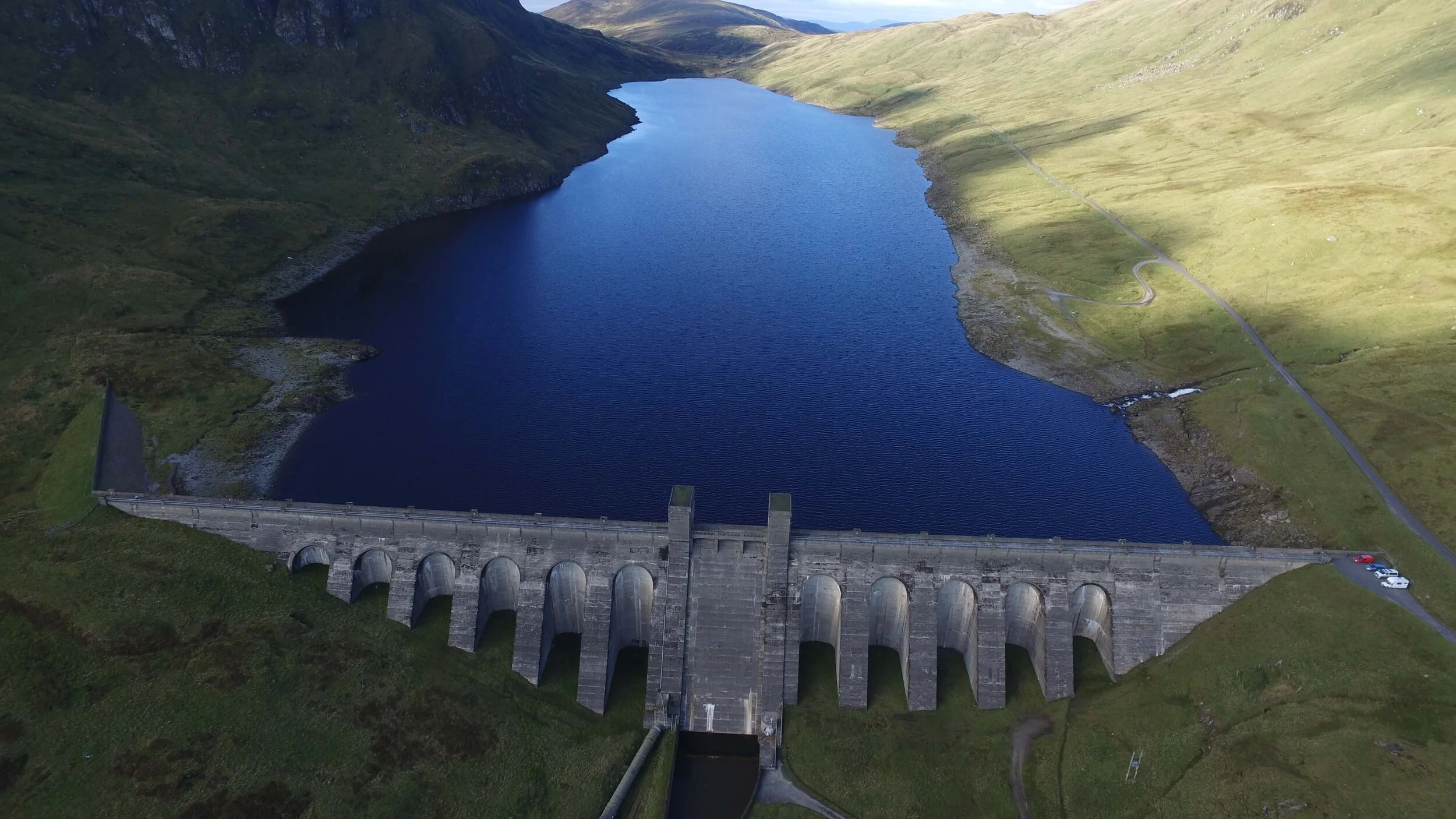
The Case for Pumped Hydro Storage
A study by independent researchers from Imperial College London found that investing in 4.5GW of pumped hydro storage, with 90GWh of storage could save up to £690m per year in energy system costs by 2050, as the UK transitions to a net-zero carbon emission system.
The report focused on the benefits of new long-duration pumped hydro storage in Scotland, as the current most established long-duration energy storage technology. The benefit of long duration storage compared to short duration batteries is being able to continuously charge up the storage with excess renewables and also discharge power to the grid for several hours or days when wind and solar output is low.
“The findings in this report support our view – that pumped hydro storage projects like Coire Glas have a huge role to play in the UK achieving its ambition of net zero carbon emissions by 2050 in the most cost-effective way possible.”
Mike Seaton
Director of Project Development at SSE Renewables
In an Energy White Paper, the UK Government has set out that long-duration storage technologies like pumped hydro, would play an essential role in decarbonising the UK’s electricity supply by helping integrate renewable energy and maintaining security of supply.
In October 2020, SSE Renewables received a revised consent from the Scottish Government for what would be the UK’s largest pumped hydro energy storage scheme – Coire Glas – located near Loch Lochy in the Scottish Highlands.
The proposed 1.5GW (30GWh) Coire Glas scheme would double the current amount of pumped hydro storage capacity in Great Britain. This energy storage capacity is the equivalent to the power used by around 3 million homes for up to 24 hours.
Challenges to the energy sector on the road to net-zero
Electricity demand is expected to grow with the move to electrify transport, heat and industry.
The grid has shifted from being driven by fossil fuels to a lower low carbon generation mix. Increasing further levels of low-cost renewables in the UK will provide a plentiful but weather-dependent level of generation.
The UK electricity network has to adapt to meet the decarbonisation challenge.
How pumped storage can help
Pumped storage is a proven technology that is well placed to help ensure a secure supply of electricity across the UK. This is particularly true for an electricity system with high levels of renewable generation.
Pumped storage has a fast response time, which means that it can respond quickly to grid changes and support grid stability. This could be needed in case of an unexpected plant or interconnector failure, as cover for variable renewable generation, or to respond to sudden increases in demand. It can start generating electricity in less than 30 seconds when in a spinning cycle and within just 2 minutes from rest.
Pumped storage is also the most efficient of currently available large-scale technology, at up to 80% total efficiency. It is able to store and flexibly provide reliable electricity over an extended period of time. Once developed, pumped storage has a long operational life, with low running costs.
Foyers Power Station: SSE Renewables existing pumped hydro storage facility
Pumped storage could save the consumer money by reducing
Peak wholesale prices of electricity
The cost of constraining excess renewable generation
The costs of managing transmission system constraints
The cost for network stability and security management
Wider benefits of pumped storage to society
Avoided investment costs for other low carbon generation capacity
Reducing and delaying the need for capacity upgrades to the transmission network
Helping ensure low carbon value is retained in the UK by reducing low price exports and high price imports through interconnectors
Investment in a large civil engineering works will boost the UK and Scottish economies in this critical time
Benefits of pumped storage to the electricity network
Providing much need rotating inertia to help with frequency regulation
Dynamic fault current injection for fault protection systems
Fast-acting and large-scale dynamic load following
Adding resilience to the system with large Black start capacity for re-energisation in times of blackout




